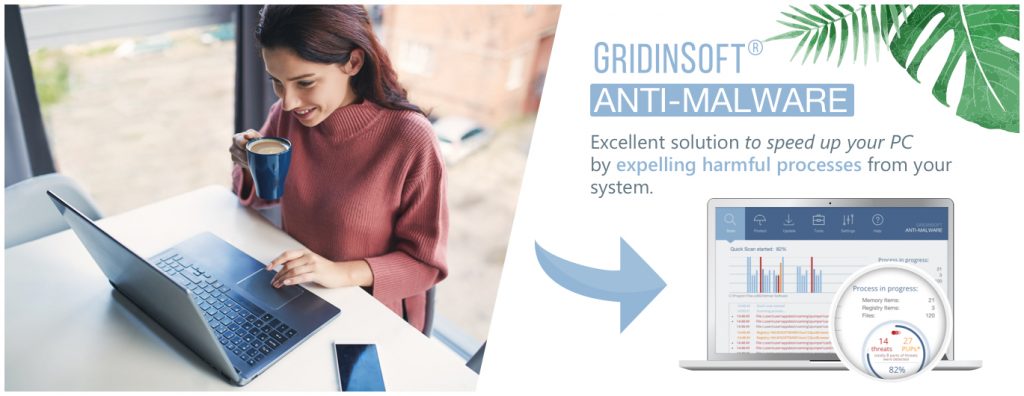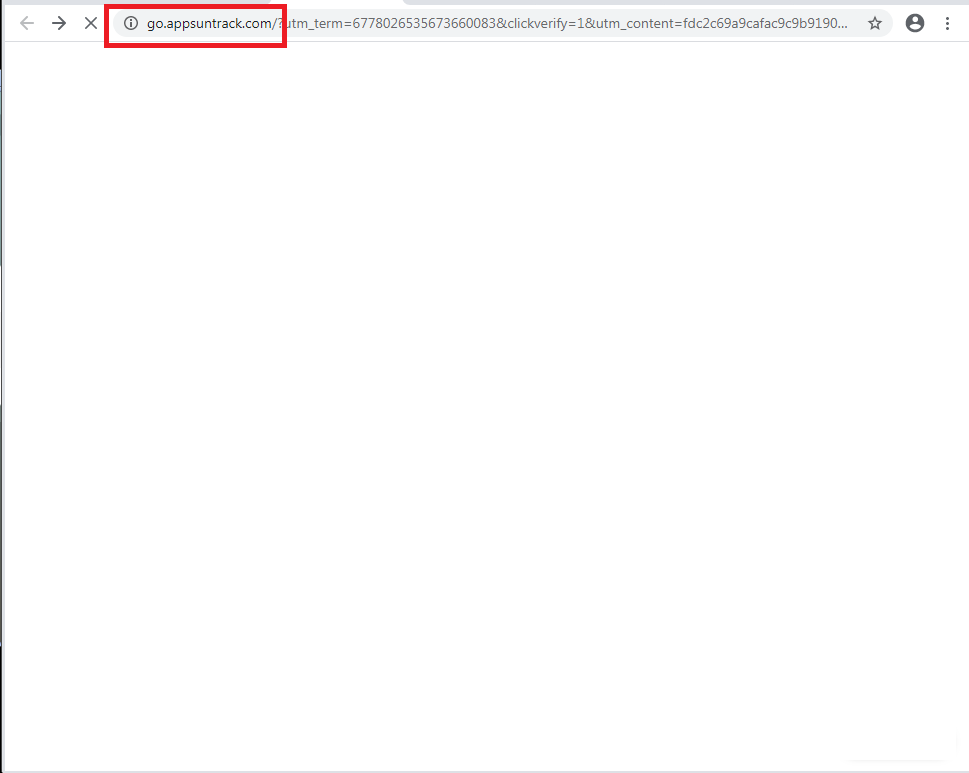Remove “Malicious Pornographic Spyware/Riskware Detected” pop-ups
The “Malicious Pornographic Spyware/Riskware Detected” alerts are a social engineering attack that puts your web browser on full screen and display alers that will not go away, basically locking your browser. These fake error messages intend to trick you right into calling a shown technological support hotline. If you call these scammers, they can offer phony solutions for your “issues” and also ask for order in the kind of an one-time fee or subscription to a purported assistance solution.
These “Malicious Pornographic Spyware/Riskware Detected” informs are nothing more than a fraud. Do not call the number in the pop-ups. Microsoft’s error and cautioning messages never ever consist of a contact number.
Microsoft does not send unsolicited email messages or make unwanted telephone call to request individual or payment info or fix your Windows. Deal with all unsolicited phone calls or pop-ups with suspicion. Do not provide any individual information.
Your browser might be redirected to the sites that show the “Malicious Pornographic Spyware/Riskware Detected” fake error messages either by malicious ads on the websites you check out or adware. When it comes via adware, these malicious apps are bundled with various other free software program that you download and install of the Web. Sadly, some free downloads do not effectively reveal that other software program will additionally be installed and also you might find that you have actually installed adware without understanding.
The “Malicious Pornographic Spyware/Riskware Detected” phony error messages is shown in such a method as to trick the customer right into believing their PC has collapsed or that a virus has been detected on the PC. It does this to attempt as well as terrify the infected user right into calling one of the provided phone number in order to obtain assistance. Actually, though, they will just be welcomed with people who are trying to offer them unneeded support agreements as well as solutions.
The “Malicious Pornographic Spyware/Riskware Detected” fake error messages will certainly appear like this:

The scammer will generally attempt to get the sufferer to permit remote accessibility to their system. After remote accessibility is gained, the scammer counts on self-confidence methods commonly including utilities built right into Windows and various other software in order to get the target’s depend spend for the intended “support” services, when the fraudster actually takes the target’s bank card account information.
How to Remove “Malicious Pornographic Spyware/Riskware Detected” Pop-up Scam:
Remove “Malicious Pornographic Spyware/Riskware Detected” pop-ups automatically:
The easiest method to stop “Malicious Pornographic Spyware/Riskware Detected” pop-ups is to run an anti-malware program capable of detecting adware in general. You may try GridinSoft Anti-Malware. It’s good at detecting and removing adware and other PUPs (potentially unwanted programs).
Other software that may be able to get rid of Malicious Pornographic Spyware/Riskware Detected:
You can also try to remove “Malicious Pornographic Spyware/Riskware Detected” by hand using the following instructions.
Uninstall the suspicious programs from Windows
Go to Programs and Features, uninstall suspicious programs, programs you don’t remember installing, or programs you installed just before “Malicious Pornographic Spyware/Riskware Detected” pop-ups appeared on your browser for the first time. When you are not sure if a program is safe, look for the answer on the Internet.
Windows XP:
- Click Start.
- In the Start menu select Settings => Control Panel.
- Find and click Add or Remove Programs.
- Select the program.
- Click Remove.
Windows Vista:
- Click Start.
- In the Start menu select Control Panel.
- Find and click Uninstall a program.
- Select the program.
- Click Uninstall.
Windows 7:
- Click Start.
- In the Start menu select Control Panel.
- Find and select Programs and Features or Uninstall a program.
- Select the program.
- Click Uninstall.
Windows 8 / Windows 8.1:
- Press and hold Windows key
 and hit X key.
and hit X key. - Select Programs and Features from the menu.
- Select the program.
- Click Uninstall.
Windows 10:
- Press and hold Windows key
 and hit X key.
and hit X key. - Select Programs and Features from the menu.
- Select the program.
- Click Uninstall.
Reset the browser settings to remove “Malicious Pornographic Spyware/Riskware Detected” pop-ups:
Remove any suspicious extensions or extension you don’t recognize from browsers. Or your can easy to use Reset Browser Settings via GridinSoft Anti-malware:
Remove “Malicious Pornographic Spyware/Riskware Detected” pop-ups from Google Chrome:
- Click on three dots menu button
 at the top right corner of the window.
at the top right corner of the window. - Select More tools ⇒ Extensions.
- Click REMOVE to uninstall an extension.
- Click Remove in the dialog box.
Remove “Malicious Pornographic Spyware/Riskware Detected” pop-ups from Mozilla Firefox:
- Click on menu button
 and select Add-ons.
and select Add-ons. - Go to Extensions tab.
- To uninstall an add-on, click on Remove button next to it.
Remove “Malicious Pornographic Spyware/Riskware Detected” pop-ups from Internet Explorer:
- Click Tools button
 in the top-right corner.
in the top-right corner. - Select Manage add-ons.
- In the drop-down menu under Show: select All add-ons.
- To delete an add-on, double-click it; in the new window click Remove.
Remove “Malicious Pornographic Spyware/Riskware Detected” pop-ups from Opera:
- Press Ctrl +Shift + E keys to open extensions manager.
- To remove an add-on, click on the x button next to it.
- Click OK when asked to confirm.






